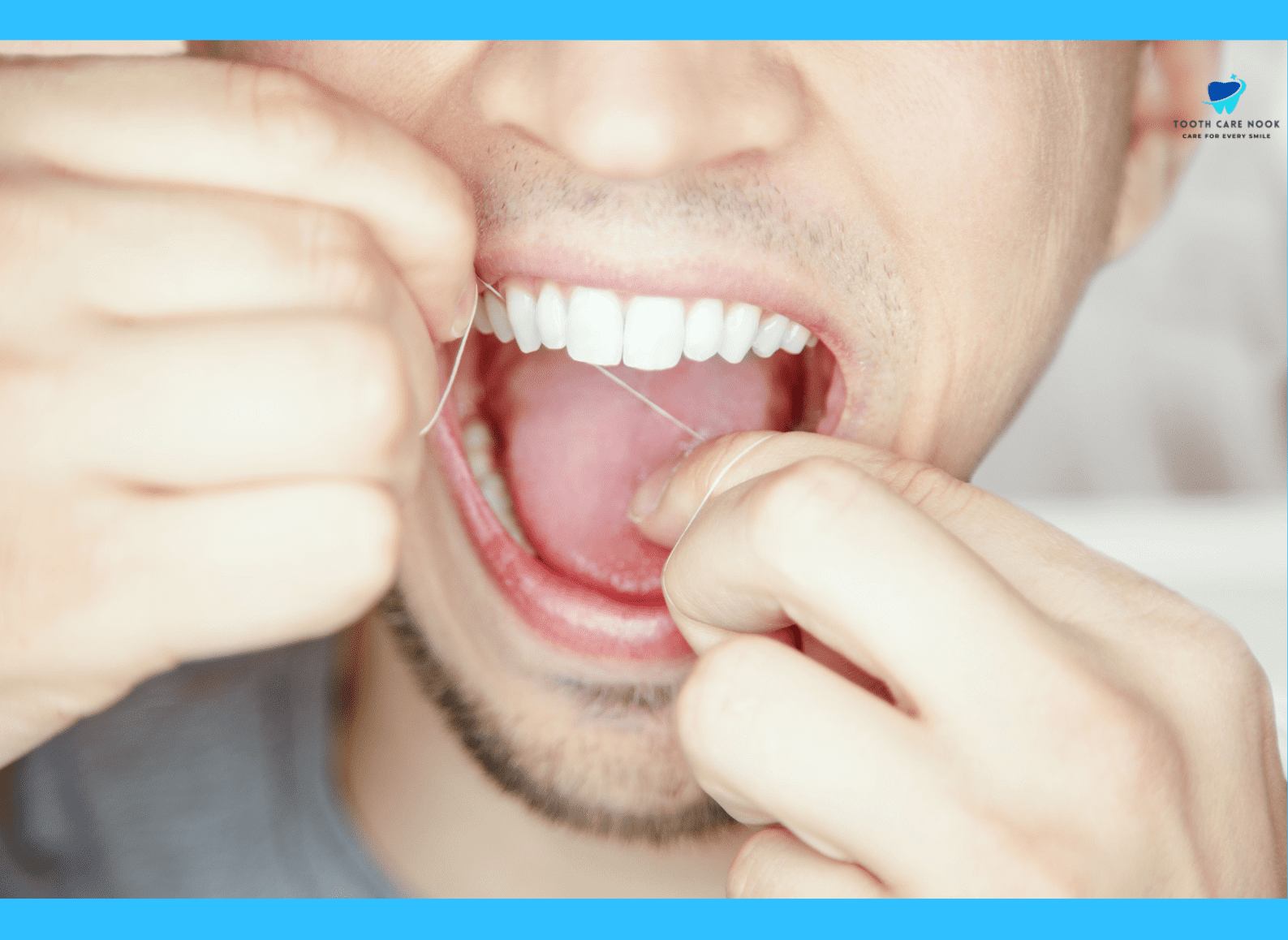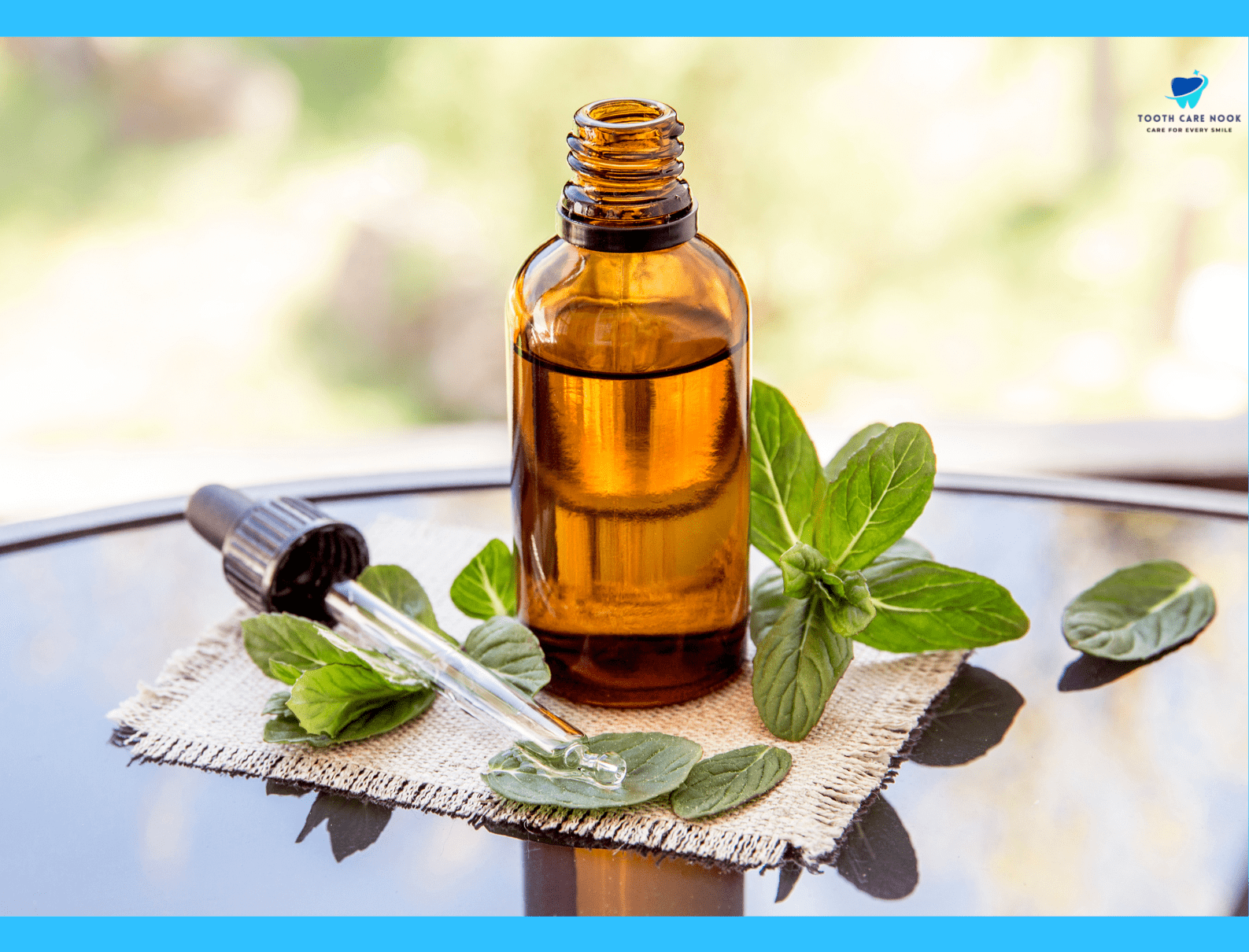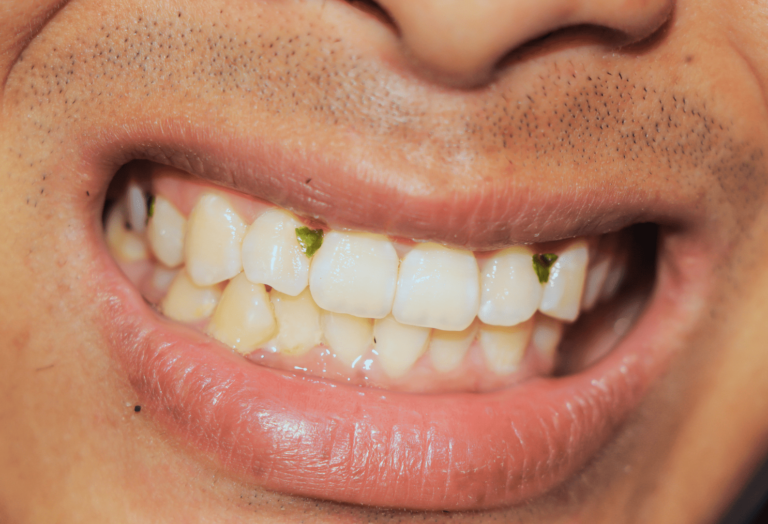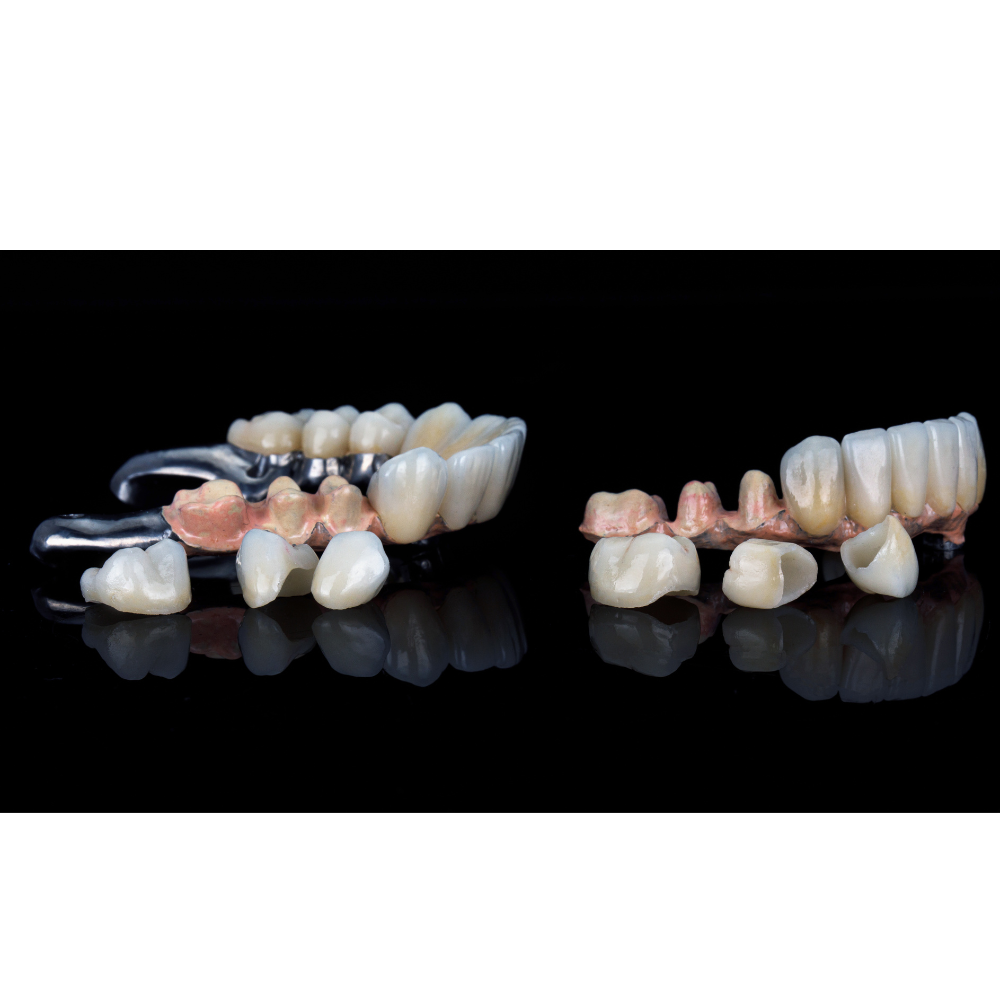How To Remove Food Stuck In Teeth? | Here’s The Procedure
Getting food stuck in the teeth is a common issue that many people face daily. Whether it’s a piece of anything you eat having something wedged between your teeth can be both annoying and uncomfortable. This everyday problem can lead to bigger issues if not addressed on time.
This article will guide you through simple and effective methods for removing food stuck in your teeth. By the end, you’ll know exactly what to do the next time you find yourself in this frustrating situation.
Common Causes Of Food Stuck In Tooth Crevice
Here are some common causes of food stuck in a tooth crevice.
Spacing Between Teeth:
Gaps between teeth allow food particles to easily get stuck. This can happen naturally or due to missing fillings or chipped teeth.
Cavities and Cracks:
Holes created by cavities or cracks in teeth can trap food debris.
Food Type:
Sticky or fibrous foods like meat, bread, and certain vegetables are more likely to get lodged in the tooth crevice.
Brushing and Flossing:
Not brushing and flossing regularly leaves food particles behind which can build up and get food stuck in tooth crevice.
Receding Gums:
The receding gums expose more tooth surfaces and create spaces where food can get trapped as gums recede.
How To Remove Food Stuck In Teeth?
Here are some simple practices to safely remove the food stuck in teeth.
Floss Gently:
Slide floss carefully between teeth to dislodge the food.
Use a Water Flosser:
This blasts away food particles with a stream of water.
Try a Toothpick Carefully:
Use a toothpick gently to remove the food if flossing doesn’t work. Don’t force it!
Brush Again:
Sometimes, simply brushing your teeth can dislodge the stuck food.
Swish with Water:
A forceful swish can sometimes dislodge the food particles.

Risks Of Leaving Food Stuck
Bad Breath:
Food left behind creates a breeding ground for bacteria, leading to unpleasant odors.
Tooth Decay:
Bacteria feed on food particles, producing acid that eats away at tooth enamel, causing cavities.
Gum Problems:
Food stuck at the gumline can irritate gums, leading to inflammation and swelling. It can progress to periodontitis if left unaddressed.
Discomfort:
Food wedged between teeth can be annoying and uncomfortable.
Reasons for Pain Due to Food Stuck Between Teeth
Leaving food stuck in your teeth can be more than just an annoyance. It can cause some discomfort too. Here are the reasons behind pain due to food stuck in teeth,
Inflammation:
The irritation caused by the food can trigger inflammation in the gums, leading to pain and swelling.
Pressure:
If the food is lodged tightly, it can put pressure on the tooth and surrounding tissues, causing discomfort.
Exposed Nerves:
In cases of cavities or gum recession, the food might be touching exposed dentin or even nerves, causing sharp pain.
Ways To Treat Food Stucking Pain
Peppermint Oil:
Peppermint oil has a mild numbing effect. Dilute it with a carrier oil and apply it with a cotton swab to the painful area.
Softer Foods:
For a short time, stick to softer foods that are less likely to get stuck in your teeth. This will give your gums time to heal and reduce irritation.
Warm Saltwater Rinse:
A warm saltwater rinse can help reduce inflammation and soothe the irritated area.
Pain Relievers:
Over-the-counter pain relievers can offer temporary pain relief.

What To Do If Food Getting Stuck In Gums
Following are some ways you can follow if food gets stuck in your gums:
Irrigation Syringe for Targeted Cleaning:
An irrigation syringe can be a good alternative if a water flosser isn’t available. Fill it with warm salt water and aim the stream at the affected area to dislodge the food particle.
Dental Picks:
Dental picks are similar to toothpicks but have a softer and more flexible tip which makes them gentler on gums. However, use them with caution and avoid forcing them under the gum tissue.
Flossing Technique Adjustment:
If you have difficulty maneuvering floss under the gum line, try threading the floss under your finger to create a loop. This loop can be used to gently massage the gum tissue and dislodge food particles.
Oral Probiotics:
Some oral probiotics may help reduce inflammation and promote gum health potentially making them less susceptible to food getting stuck in gums.
FAQs
Can Gum Dissolve In Your Mouth?
No, gum won’t dissolve completely in your mouth. While chewing softens it, some gum base remains. Swallowing small amounts of gum occasionally is unlikely to cause harm. However, excessive swallowing can lead to digestive issues.
How To Get Meat Out Of Teeth?
Meat fibers can get stuck between teeth more easily than other foods. A water flosser can blast away stubborn meat particles with a stream of water. Interdental Brush brushes can reach under the gumline and remove stuck meat fibers.
What Should I Do If I Can’t Floss Between Teeth?
If flossing is difficult due to tight teeth, spacing issues, or discomfort, there are some alternatives interdental Brushes and flossing aids with handles or wider floss can make flossing easier.
Is it bad to use a toothpick every day?
While occasional use is okay, daily use of toothpicks can damage gums and irritate gum tissue. Flossing or interdental brushes are generally safer and more effective for daily cleaning between teeth.
What if my gums bleed when I floss?
Bleeding gums can indicate gingivitis. Improve your flossing technique and floss gently. If bleeding persists after a week of proper flossing, consult your dentist to rule out gum disease.



